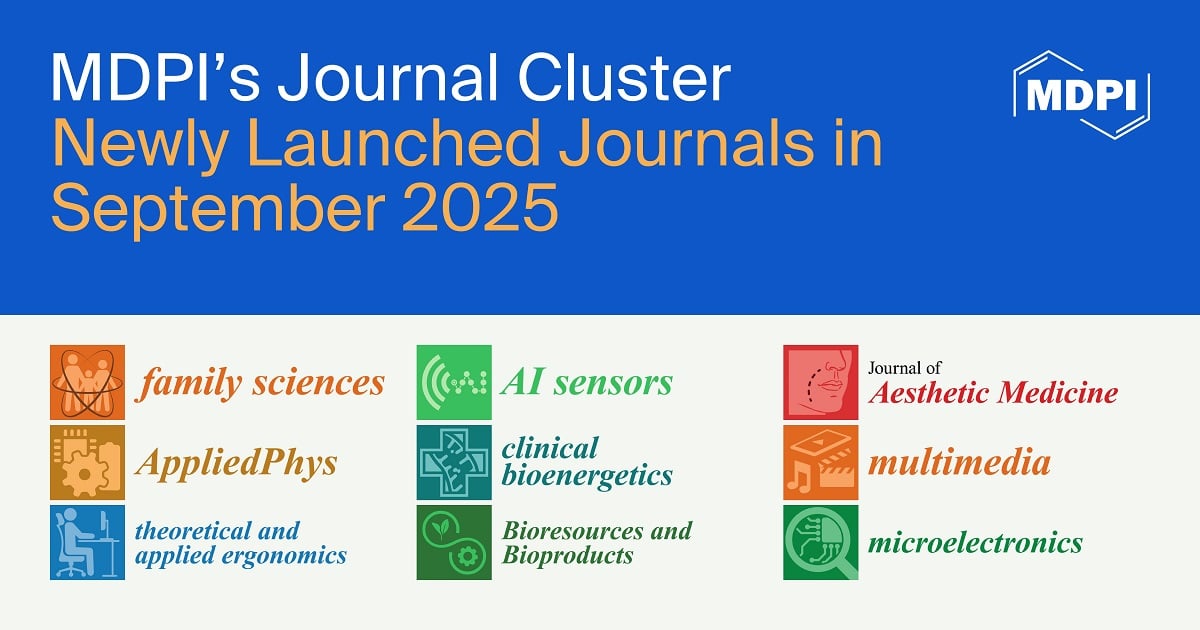-
 Improved Laser Cooling Efficiencies of Rare-Earth-Doped Semiconductors Using a Photonic-Crystal Nanocavity
Improved Laser Cooling Efficiencies of Rare-Earth-Doped Semiconductors Using a Photonic-Crystal Nanocavity -
 Electric Field-Enhanced SPR Sensors with AuNPs and CQDs for Rapid and Low-Detection-Limit Detection of Co2+
Electric Field-Enhanced SPR Sensors with AuNPs and CQDs for Rapid and Low-Detection-Limit Detection of Co2+ -
 Insights into the Electrocatalytic Activity of Mixed-Valence Mn3+/Mn4+ and Fe2+/Fe3+ Transition Metal Oxide Materials
Insights into the Electrocatalytic Activity of Mixed-Valence Mn3+/Mn4+ and Fe2+/Fe3+ Transition Metal Oxide Materials -
 Use of Electrochemical Impedance Spectroscopy, Capacity, and Electrochemical Noise Measurements to Study Aging of Lithium-Ion Batteries
Use of Electrochemical Impedance Spectroscopy, Capacity, and Electrochemical Noise Measurements to Study Aging of Lithium-Ion Batteries -
 An Investigation of the Surface-Regulating Mechanism of Tungsten Alloys Using the Electrochemical Polishing Process
An Investigation of the Surface-Regulating Mechanism of Tungsten Alloys Using the Electrochemical Polishing Process
Journal Description
Solids
- Open Access— free for readers, with article processing charges (APC) paid by authors or their institutions.
- High Visibility: indexed within ESCI (Web of Science), Scopus, EBSCO, CAPlus / SciFinder, and other databases.
- Rapid Publication: manuscripts are peer-reviewed and a first decision is provided to authors approximately 22.6 days after submission; acceptance to publication is undertaken in 5.6 days (median values for papers published in this journal in the first half of 2025).
- Journal Rank: CiteScore - Q2 (Physics and Astronomy (miscellaneous))
- Recognition of Reviewers: APC discount vouchers, optional signed peer review, and reviewer names published annually in the journal.
Latest Articles
Highly Accessed Articles
Latest Books
E-Mail Alert
News
Topics
Deadline: 31 October 2025
Deadline: 31 March 2026
Deadline: 31 August 2026
Deadline: 31 May 2027
Conferences
Special Issues
Deadline: 30 November 2025
Deadline: 31 March 2026
Deadline: 31 March 2026




























